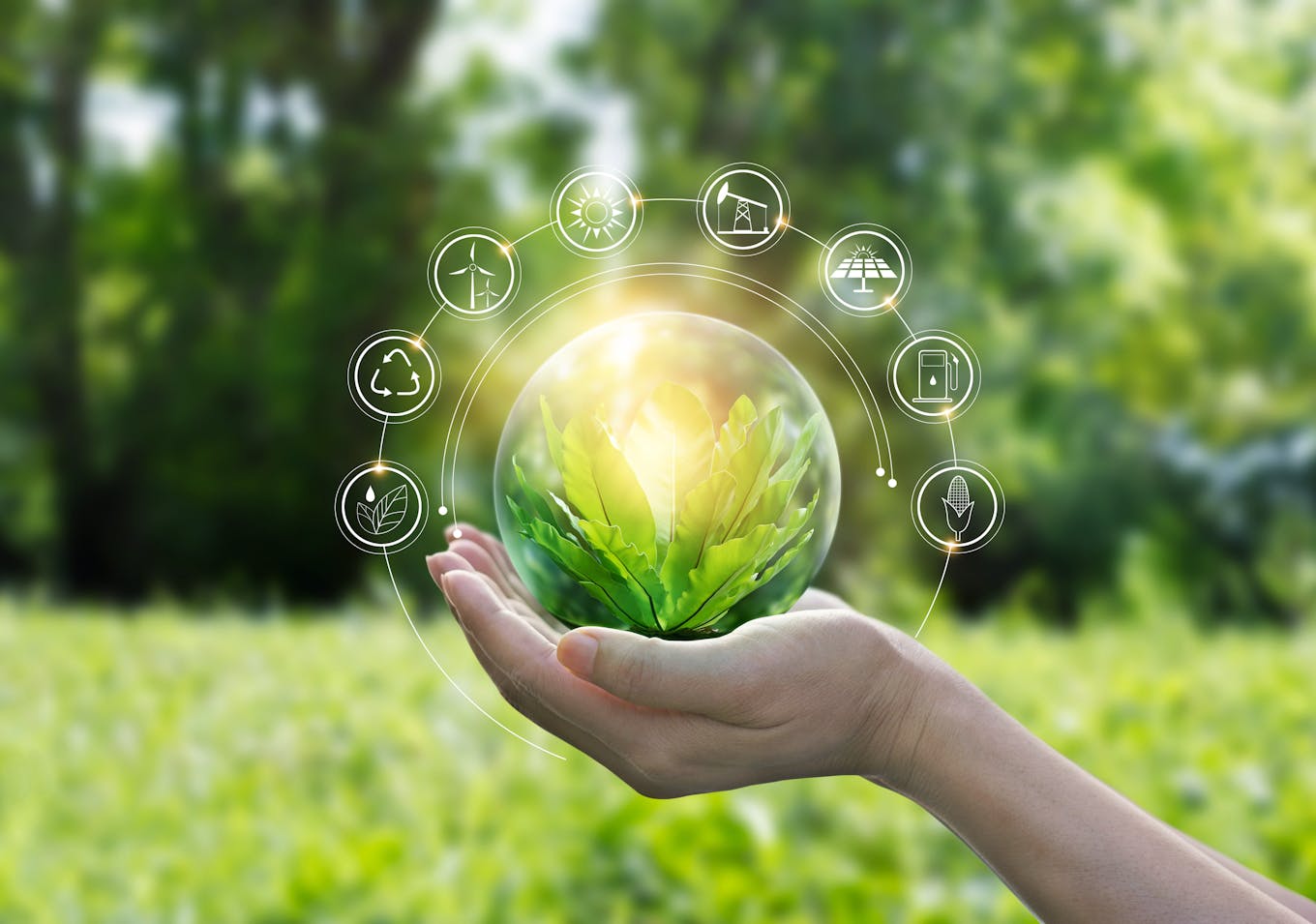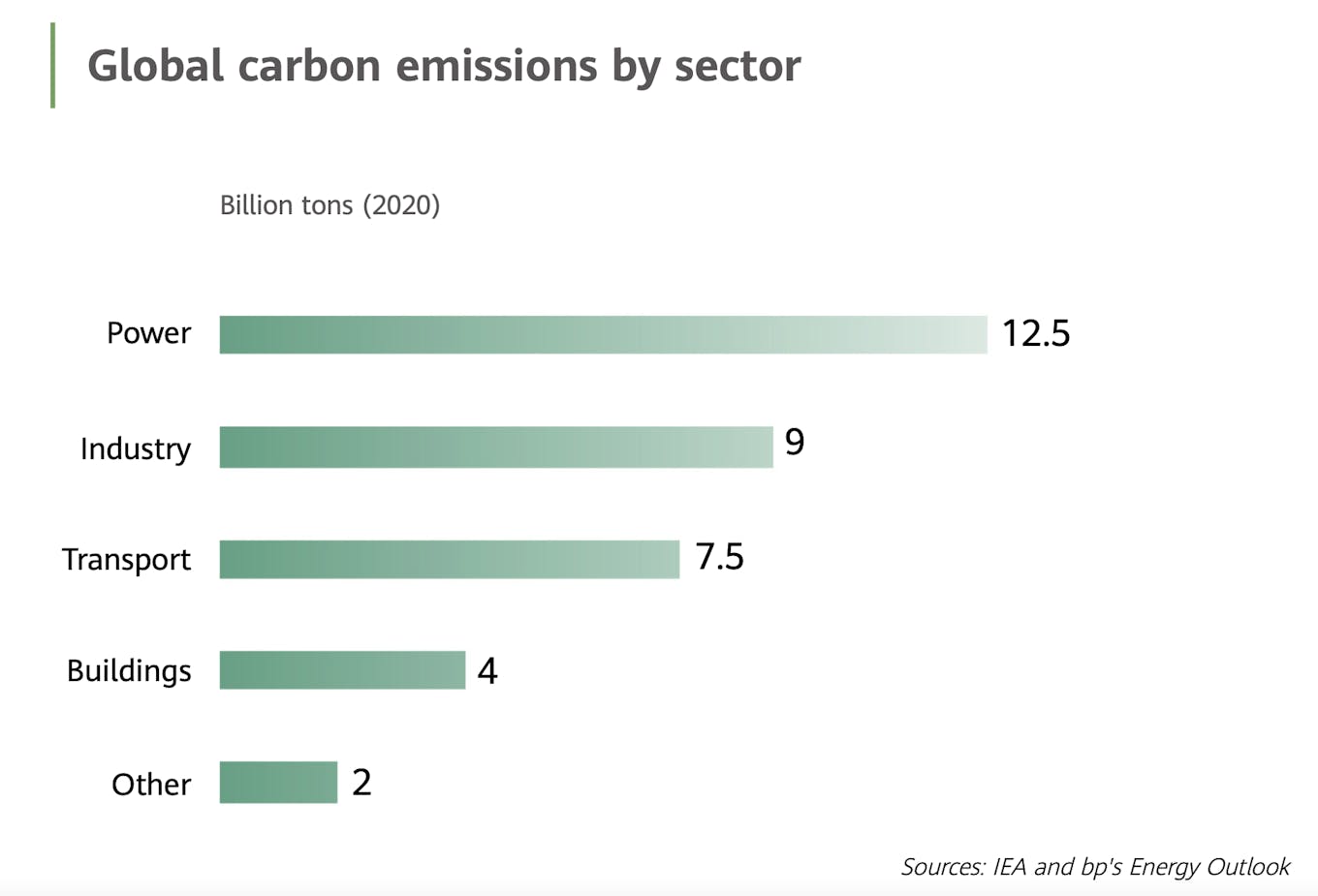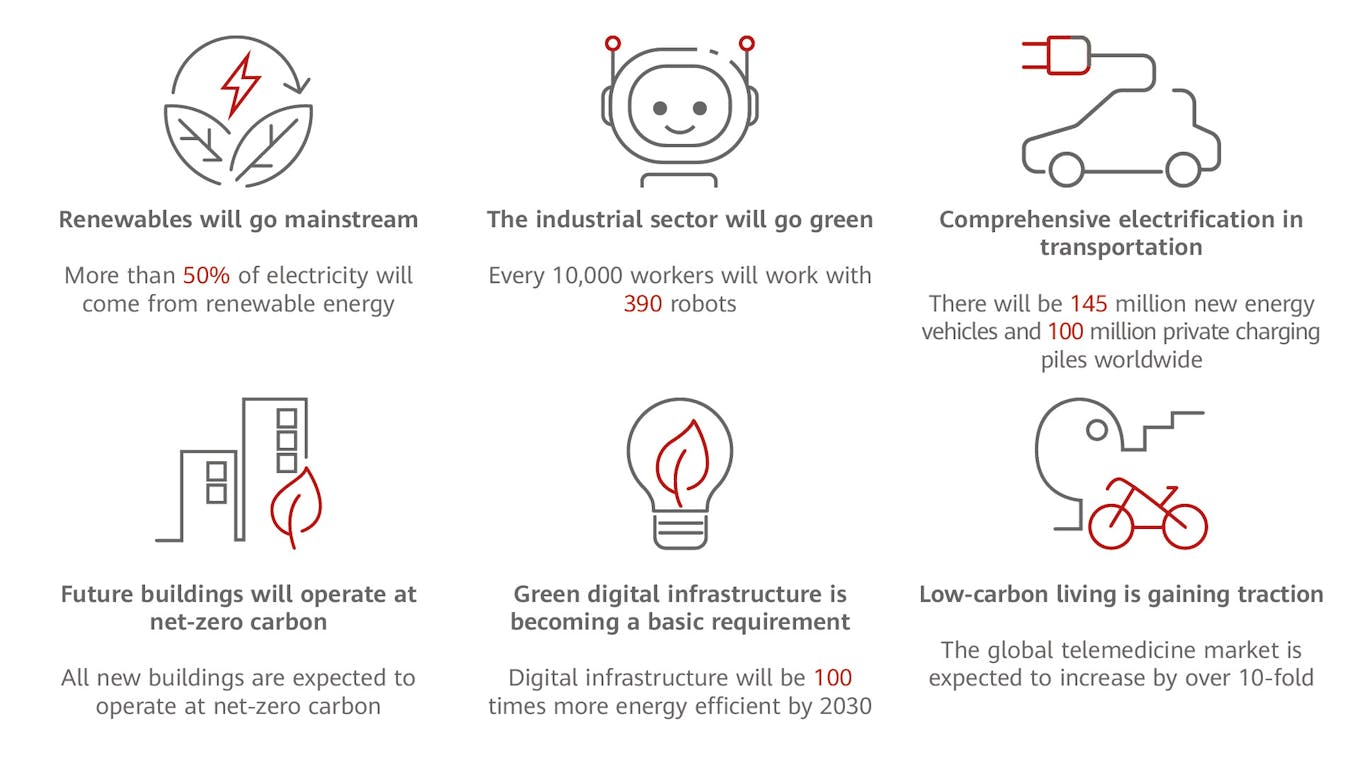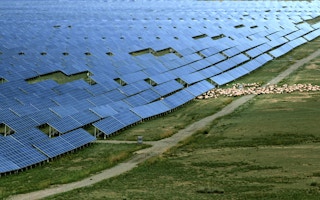By the end of this decade, renewables, particularly solar, should make up at least half of the world’s total electricity generation. Enabled by digital solutions, deep decarbonisation must occur across all sectors, and digital infrastructure itself should be 100 times more energy efficient.
In a latest report that highlights the role of information and communications technology (ICT) in a cleaner and sustainable future, China’s largest tech giant Huawei called for more innovation to create synergies between digitalisation and decarbonisation. It believes that technology will help enable other sectors to reduce their carbon footprint.
The report, titled Green Development 2030 and launched this month, maps out Huawei’s vision of the future, where data centres running on artificial intelligence (AI) will be powered by solar photovoltaic (PV) plants, and where virtual factories staffed by robots will enable efficient manufacturing cycles. By the end of this decade, all new buildings around the world will operate at net-zero carbon and there will be large-scale electrification in transportation, from cars to aviation and shipping, predicted Huawei.

Huawei’s Green Development 2030 maps out the tech giant’s vision of the future. Various sectors are looking to bold use of technological solutions to cope with climate-related challenges. Image: Huawei
In recent years, not only has the digital economy become a major engine of global growth, various sectors are looking to bold use of technological solutions to cope with climate-related challenges. For example, most Asia-Pacific countries have released clear policies for digitalisation and decarbonisation. In Asean, the region’s internet economy market is booming and key entities like the Asian Development Bank are working on promoting digitalisation for green and inclusive growth in Asia.
Huawei’s report further highlights the various untapped green opportunities that different industries can tap on. It also calls for the ICT sector to work on cutting its carbon footprint.
In the study, Huawei estimated that only 20 per cent of businesses are currently using digital technology, and green development will require increased penetration of digital technology across all sectors.

According to an energy outlook report by the International Energy Agency (IEA), global carbon emissions in 2020 came to 35 billion tonnes. Four sectors, namely power, industry, transport and building, were responsible for 94.2 per cent of the emissions. Image: Huawei Green Development 2030
“While the ICT industry itself accounts for less than 2 per cent of global carbon emissions, it is a leverage point that can be exploited to achieve disproportionate and higher emissions reductions,” said Huawei, which is predicting for carbon emissions reductions enabled by digital solutions to hit at least 20 per cent of global emissions by 2030.
Huawei highlighted how digital technology can play a role in increasing the efficiency of carbon storage and carbon removal, processes that have featured more prominently in the latest United Nations’ Intergovernmental Panel on Climate Change (IPCC) report. The IPCC has said that the removal of carbon dioxide from the atmosphere will be unavoidable as climate dangers grow.
Solar push

These are the ‘six visions’ identified by Huawei. Source: Huawei
Currently, renewable energy makes up 28.6 per cent of the global electricity generation, and Huawei’s vision is for the ratio to increase to 50 per cent by 2030, making renewables mainstream. Key to this is a strong solar push, as it predicts that solar power is set to become a major source of electricity.
It imagines offshore floating PVs and wind turbines to be a common sight by the end of the next decade. Power plants will also become highly digitised.
“With a converged, open, and intelligent energy cloud, virtual power plants will break down boundaries between traditional power plants and users, and coordinate distributed wind energy, solar PV, energy storage systems, and other flexible loads.”
Breakthroughs in digital technology needed
Huawei also called for the energy efficiency of digital infrastructure itself to be vastly improved. Growth of the digital economy creates additional energy demands as new ICT infrastructure needs to be powered, but yet this should not deter investment into such infrastructure. Instead, the ICT sector should lead the way and search for innovative and effective solutions in order to meet these demands.
This is especially as more countries and regions start embracing green development. Huawei urged further breakthroughs in digital technology and greater coordination between different industries. Regulations, systems and standards across various sectors need to be clear and standardised. “This will require joint innovation in both digital technology and low carbon growth, as well as greater collaboration across all communities, industries, value chains and ecosystems.”
“Digital innovation is key to achieving low-carbon growth. The two are mutually reinforcing, so we need to keep strengthening investment in research and development to deliver the right enabling technologies.”
The report’s authors told Eco-Business that while digitalisation may cause a rebound effect, its downsides are less significant than their potential to improve the planet. Nonetheless, they acknowledge that these side effects need to be addressed and controlled on a more systemic level.
The report points out that the ICT industry currently lacks a unified standard to measure the carbon emissions of digital infrastructure, and suggests the creation of an index to establish unified standards for better management of the industry’s energy consumption and carbon footprint.
“On one hand, carriers from different countries and regions adopt different approaches to network rollout. On the other hand, digital infrastructure covers numerous domains, and its carbon emissions vary greatly across domains, making it almost impossible to fully achieve green and efficient operations.”
In 2021, Huawei launched a white paper that proposed a Network Carbon Intensity (NCI) index, which defines carbon emissions per bit of data traffic as a new metric for green digital infrastructure.
Huawei also envisions for networks to be reconstructed based on the nature of the services they carry, allowing for energy-efficient routing. Data centres, which currently account for about 1 per cent of global electricity consumption, need to adopt evaporative cooling technology and AI.
Digital infrastructure construction also needs to become more flexible and efficient. “Most of today’s data centres are built indoors. In the future, what once filled an equipment room will be squeezed into a single cabinet, and what once filled a cabinet will be mounted on a single pole. Traditional concrete data centre buildings will be replaced by prefabricated modular data centres,” said Huawei, which believes that new data centres can be built in just a few months in the future, meeting the requirements for rapid service rollout.
In its report, Huawei highlighted the Gui’an Data Centre it built in China that has green and intelligent technologies incorporated into its design, and which adopts indirect evaporative cooling technology and AI to increase energy efficiency.
The centre, which will be able to accommodate one million servers after full completion, has a power usage effectiveness (PUE) of 1.12, and generates 810,000 tonnes fewer carbon emissions every year compared with a conventional one.
Although more countries and regions are embracing green development, the world still lacks unified standards for low-carbon growth, the report stated. “We still have many challenges ahead. We need to make further breakthroughs in digital technology, flesh out regulations, systems and standards, and promote greater coordination between different industries.”









